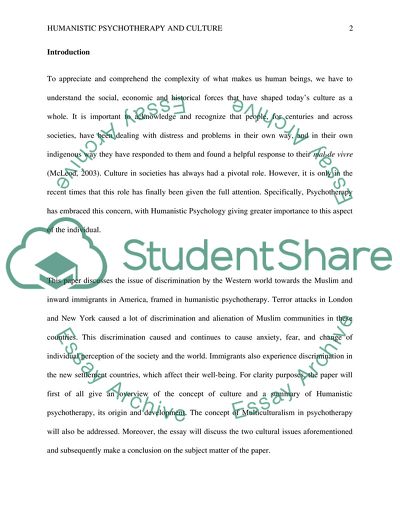Cite this document
(A Cultural Issue as Related To Humanistic Psychotherapy Research Paper - 1, n.d.)
A Cultural Issue as Related To Humanistic Psychotherapy Research Paper - 1. Retrieved from https://studentshare.org/psychology/1778898-write-an-essay-on-a-cultural-issue-as-related-to-humanistic-psychotherapy
A Cultural Issue as Related To Humanistic Psychotherapy Research Paper - 1. Retrieved from https://studentshare.org/psychology/1778898-write-an-essay-on-a-cultural-issue-as-related-to-humanistic-psychotherapy
(A Cultural Issue As Related To Humanistic Psychotherapy Research Paper - 1)
A Cultural Issue As Related To Humanistic Psychotherapy Research Paper - 1. https://studentshare.org/psychology/1778898-write-an-essay-on-a-cultural-issue-as-related-to-humanistic-psychotherapy.
A Cultural Issue As Related To Humanistic Psychotherapy Research Paper - 1. https://studentshare.org/psychology/1778898-write-an-essay-on-a-cultural-issue-as-related-to-humanistic-psychotherapy.
“A Cultural Issue As Related To Humanistic Psychotherapy Research Paper - 1”, n.d. https://studentshare.org/psychology/1778898-write-an-essay-on-a-cultural-issue-as-related-to-humanistic-psychotherapy.


